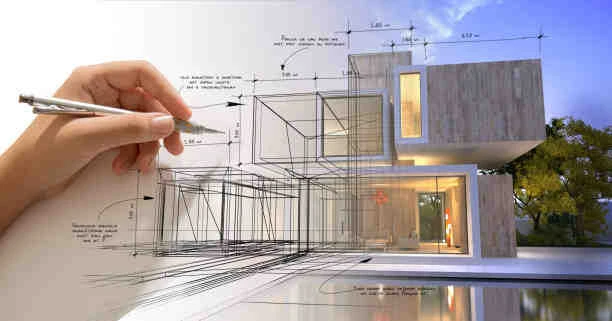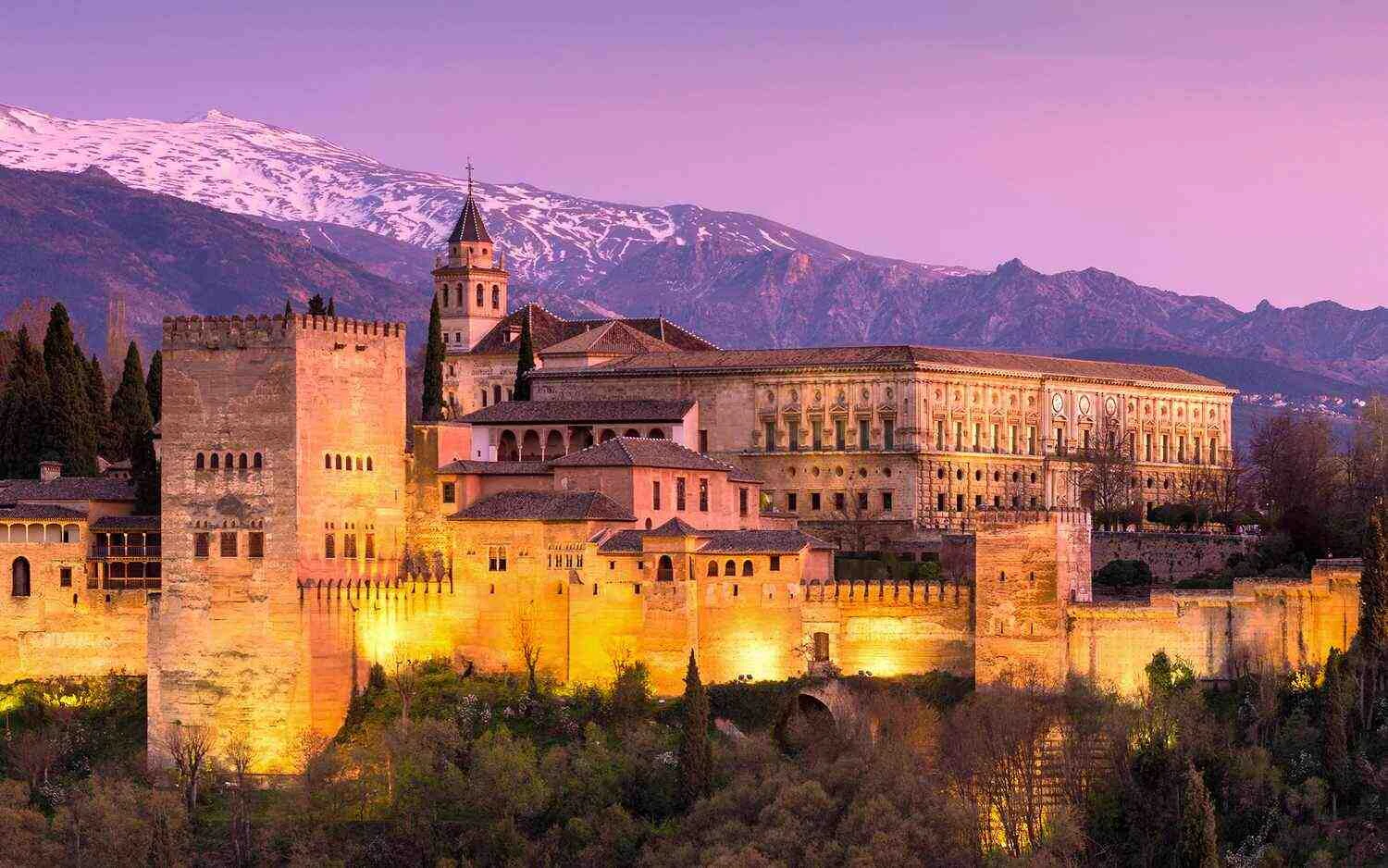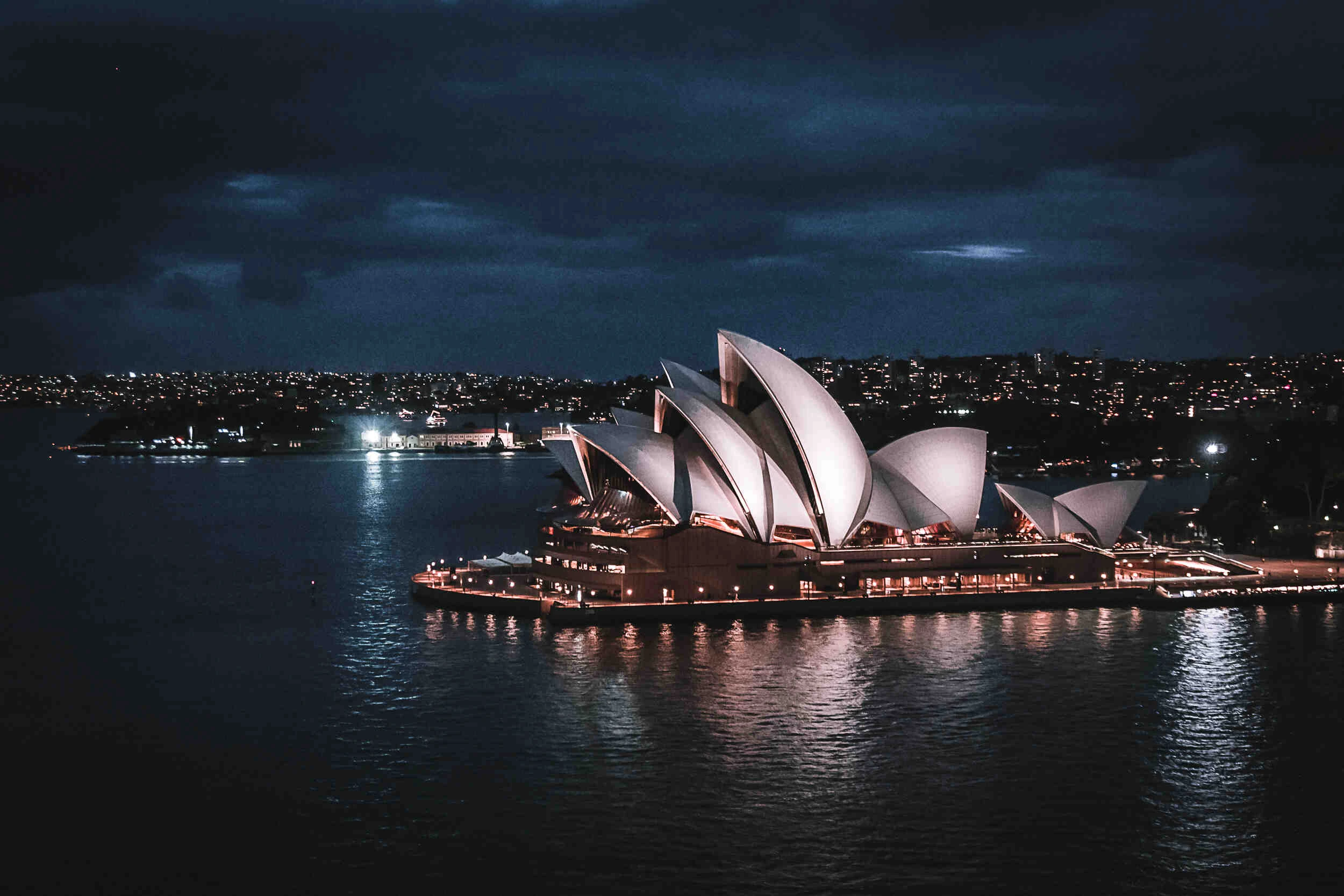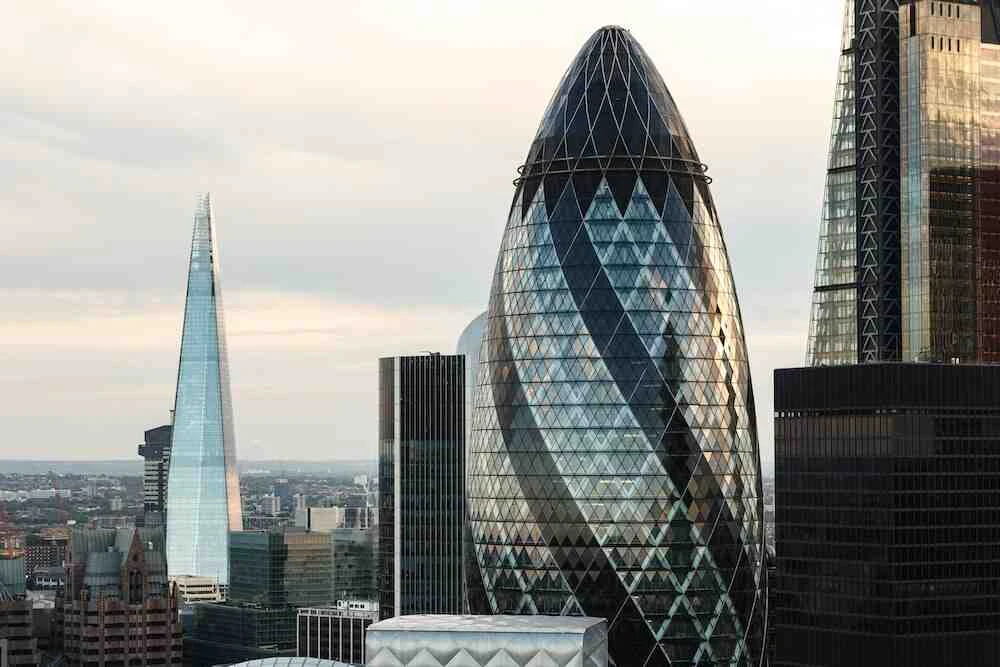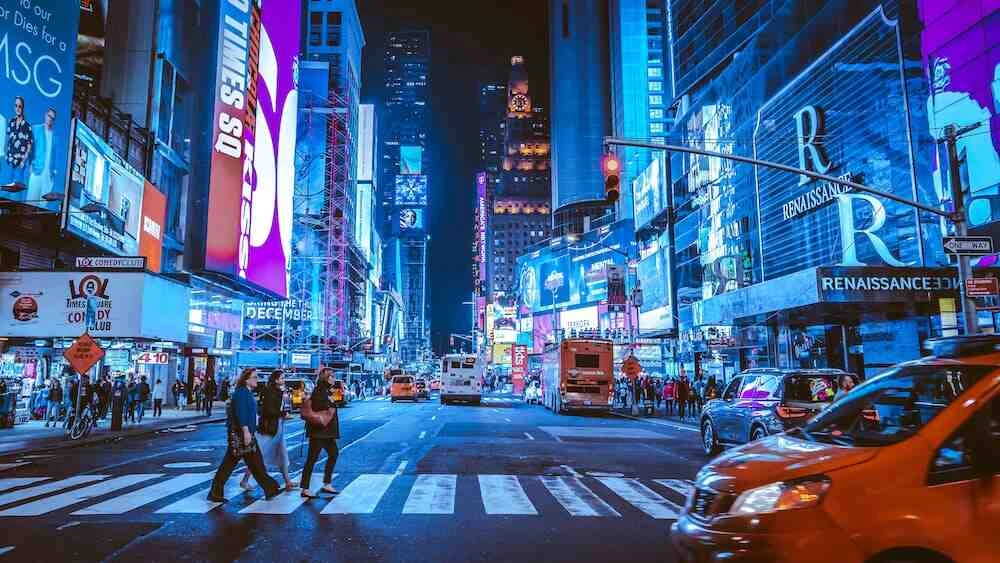
Community-Centric Architecture: 20 Spaces that Bring People Together
1. The High Line, New York City, USA
The High Line, a transformed elevated railway, demonstrates the power of adaptive reuse. This linear park in Manhattan has become a community magnet, offering green spaces, art installations, and a unique perspective on the city.
2. The Eden Project, Cornwall, UK
Located in Cornwall, the Eden Project features a series of massive biomes, creating a microcosm of diverse climates and ecosystems. Beyond its educational value, the Eden Project hosts various events and concerts, bringing the community closer to nature.
3. The Aga Khan Park, Toronto, Canada
The Aga Khan Park in Toronto is a serene space that emphasizes cultural engagement. Its beautifully landscaped gardens, reflecting pools, and the Ismaili Centre encourage visitors to contemplate and connect.
4. The La Brea Tar Pits, Los Angeles, USA
The La Brea Tar Pits are not only an archaeological treasure but also a hub for community events and paleontological exploration. Regular excavations and educational programs engage visitors of all ages.
5. The Distillery District, Toronto, Canada
The Distillery District in Toronto is a historic industrial site converted into a vibrant neighborhood of art galleries, shops, and restaurants. Its pedestrian-friendly design fosters social interaction and a sense of community.
6. The Red Ribbon Park, Qinhuangdao, China
The Red Ribbon Park in China is an inventive landscape that combines green spaces, walkways, and a ribbon-like steel sculpture. It not only serves as a recreational area but also a striking visual centerpiece.
7. The MaRS Discovery District, Toronto, Canada
The MaRS Discovery District is an innovation hub that promotes collaboration among researchers, entrepreneurs, and the community. The transparent design of the building encourages transparency and knowledge-sharing.
8. The Copenhagen Harbor Baths, Copenhagen, Denmark
The Copenhagen Harbor Baths transform the city"s industrial waterfront into a hub for swimming and leisure. These public baths have become a social gathering point, redefining urban recreation.
9. The Fogo Island Inn, Newfoundland, Canada
The Fogo Island Inn stands as a striking example of community-centric architecture. It not only serves as a luxury hotel but also reinvests its profits into the local community, supporting artists and preserving traditions.
10. The Torre David, Caracas, Venezuela
Once an abandoned skyscraper, the Torre David now houses a vibrant community of residents and businesses. This innovative repurposing demonstrates the potential of architecture in revitalizing neglected urban spaces.
11. The Bo01 Sustainable City, Malmö, Sweden
Bo01, a sustainable city district in Malmö, serves as a model for sustainable urban living. It emphasizes green spaces, renewable energy sources, and communal areas, fostering a sense of environmental responsibility and community.
12. The Elbphilharmonie, Hamburg, Germany
The Elbphilharmonie in Hamburg is more than just a concert hall; it"s a symbol of cultural enrichment. The Plaza, a public space with panoramic views, invites people to connect and enjoy music and art.
13. The Antioch Church of the Nazarene, Antioch, USA
The Antioch Church of the Nazarene in California is an exemplary instance of religious architecture. Its contemporary design emphasizes openness and community engagement, welcoming people of all backgrounds.
14. The Biblioteca España, Medellín, Colombia
The Biblioteca España in Medellín is a library that transcends its primary function. Located in a marginalized neighborhood, it offers educational and cultural programs, promoting inclusivity and community development.
15. The Hive, Worcester, UK
The Hive in Worcester is a shared university and public library space. Its innovative design and flexible layout encourage collaboration, learning, and community events.
16. The Southern Dunes, Dubai, UAE
The Southern Dunes residential community in Dubai is designed to promote interaction among residents. Green spaces, communal courtyards, and walkways encourage social engagement and a strong sense of belonging.
17. The Masdar City, Abu Dhabi, UAE
Masdar City is a sustainable urban development focused on environmental consciousness and community well-being. It integrates clean energy, green spaces, and mixed-use areas to create a livable and connected community.
18. The Vienna Central Railway Station, Vienna, Austria
The Vienna Central Railway Station is more than a transportation hub; it"s a cultural center. The station offers art installations, events, and spaces for community gatherings, transforming it into a destination in itself.
19. The Serpentine Pavilion, London, UK
The Serpentine Pavilion in London is an annual architectural commission that invites innovative designs. These temporary structures become hubs for cultural events, bringing art and architecture closer to the public.
20. The Chongming Bicycle Park, Shanghai, China
The Chongming Bicycle Park in Shanghai is designed to promote active living and community interaction. Its expansive bike paths, green areas, and recreational facilities encourage outdoor activities and social gatherings.
Conclusion
Community-centric architecture has the power to transform not only physical spaces but also the lives of individuals and entire communities. These 20 projects represent a diverse range of approaches, from repurposing abandoned buildings to designing sustainable neighborhoods and creating cultural hubs. They all share a common goal: to foster social interaction, inclusivity, and a sense of belonging. As architecture continues to evolve, we can expect even more innovative designs that prioritize the well-being and connectedness of communities around the world.




